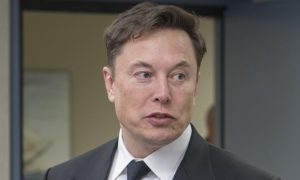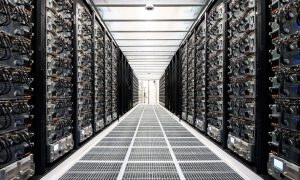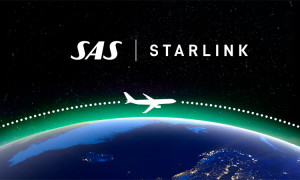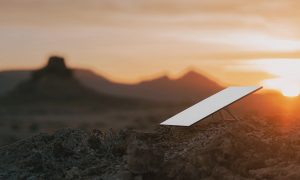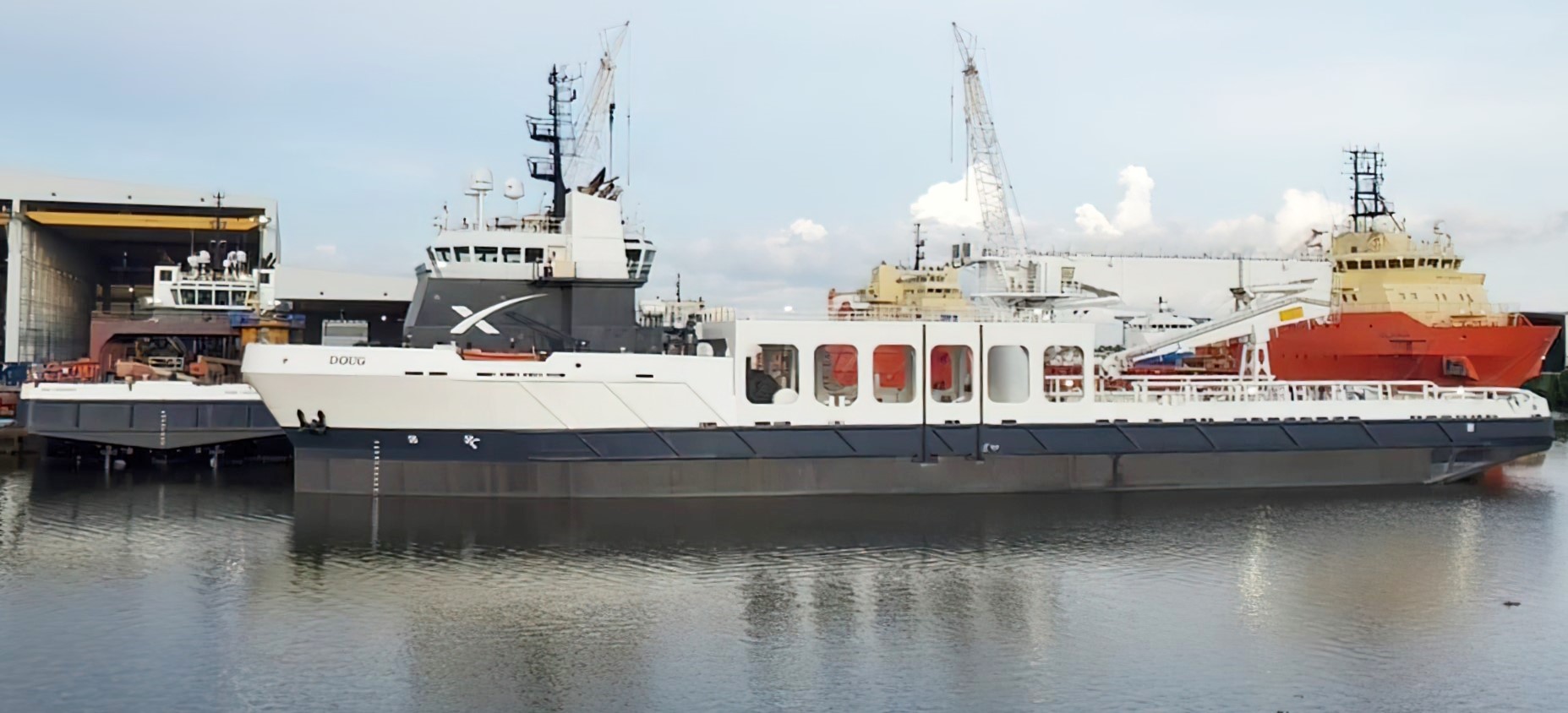

News
SpaceX’s fleet of rocket recovery ships is about to get even bigger
Four months after SpaceX gave up on catching Falcon fairings and stripped and returned a pair of leased ships it had modified for that purpose, the company’s permanent fairing recovery solution has just come into focus.
The April 2021 departure of GO Ms Tree (formerly Mr. Steven) and GO Ms Chief from SpaceX’s East Coast fleet made it unambiguously clear that the company was abandoning fairing catching in favor of simply scooping the several million dollar nose cone halves off of the surface of the ocean. By the time that decision was made, SpaceX had reused fairing halves more than two dozen times on more than 15 Falcon 9 launches – practically none of which had actually been caught by Ms Tree or Ms Chief.
In fact, SpaceX had already begun to reuse ‘scooped’ fairing halves on commercial Falcon 9 launches, including two Transporter rideshare missions with dozens of different customers and SiriusXM’s SXM-7 multimillion-dollar geostationary communications satellite. Perhaps even more importantly, SpaceX was routinely flying splashdown fairing halves three or even four times and flew one particular half twice in just 49 days.
Put simply, thanks to the heroic and somewhat unexpected success of a small subset of SpaceX’s fairing recovery, waterproofing, design improvements, and refurbishment upgrades got so good even fairings that splashed down in the Atlantic Ocean could be rapidly reused and flown multiple (now 5+) times apiece. Onto its third consecutive year of only marginal success and a distinct lack of reliability, that meant that SpaceX’s long-struggling effort to catch Falcon fairings had effectively been made redundant.
While it’s likely that scooped fairing halves would never be certified to fly high-value US military or NASA payloads, SpaceX appears to have matured the technology to the point that it’s good enough for Starlink and many (if not most) of its private-sector launch customers. Along those lines, with Ms Tree and Ms Chief out of the picture by early April, SpaceX had to briefly shoehorn Dragon recovery ships GO Navigator and GO Searcher into scooping roles to continue recovering fairings and eventually decided to lease or rent two far larger ships with built-in deck cranes.
For whatever reason, those leases or rentals only lasted a handful of weeks apiece and the latest ship – Hos Briarwood – departed SpaceX’s fleet in early July. In an extremely rare impromptu hiatus, SpaceX hasn’t launched once since late June, likely explaining why Briarwood – with a 100% fairing recovery success rate over two missions – departed when it did.
Now, first reported by SpaceExplored.com, the first signs of SpaceX’s long-expected permanent fairing recovery solution have appeared at an obscure Louisiana drydock. By all appearances, for the first time in its history, SpaceX has outright purchased two decade-old offshore supply ships formerly known as Ingrid and Ella G. Thankfully, SpaceX wiped clean any hint of ambiguity with the installation of a classic SpaceX “X” and by renaming the ships “Bob” and “Doug” after the pair that became the first NASA astronauts to ride a Falcon 9 rocket and Crew Dragon spacecraft to orbit in May 2020.
Relative to any of SpaceX’s more permanent fleet, including ex-members Tree and Chief, Bob and Doug are massive ships, measuring more than 80m (260 feet) long. They’re also five or six times heavier than the likes of GO Searcher or Ms Tree. Aside from an obvious potential role as fairing ‘scoopers’ thanks to the installation of large deck cranes, Bob and Doug also appear to have had heavy-duty winches installed, implying that they could also double as drone ship towboats.
Potentially, that means that SpaceX could shrink the fleet of ships needed to support each drone ship booster landing from two to one, using Bog and Doug to both tow and service the landing platforms at sea.
News
Armored Tesla Cybertruck “War Machine” debuts at Defense Expo 2025
Lorem ipsum dolor sit amet, consectetur adipisicing elit, sed do eiusmod tempor incididunt ut labore et dolore magna aliqua.
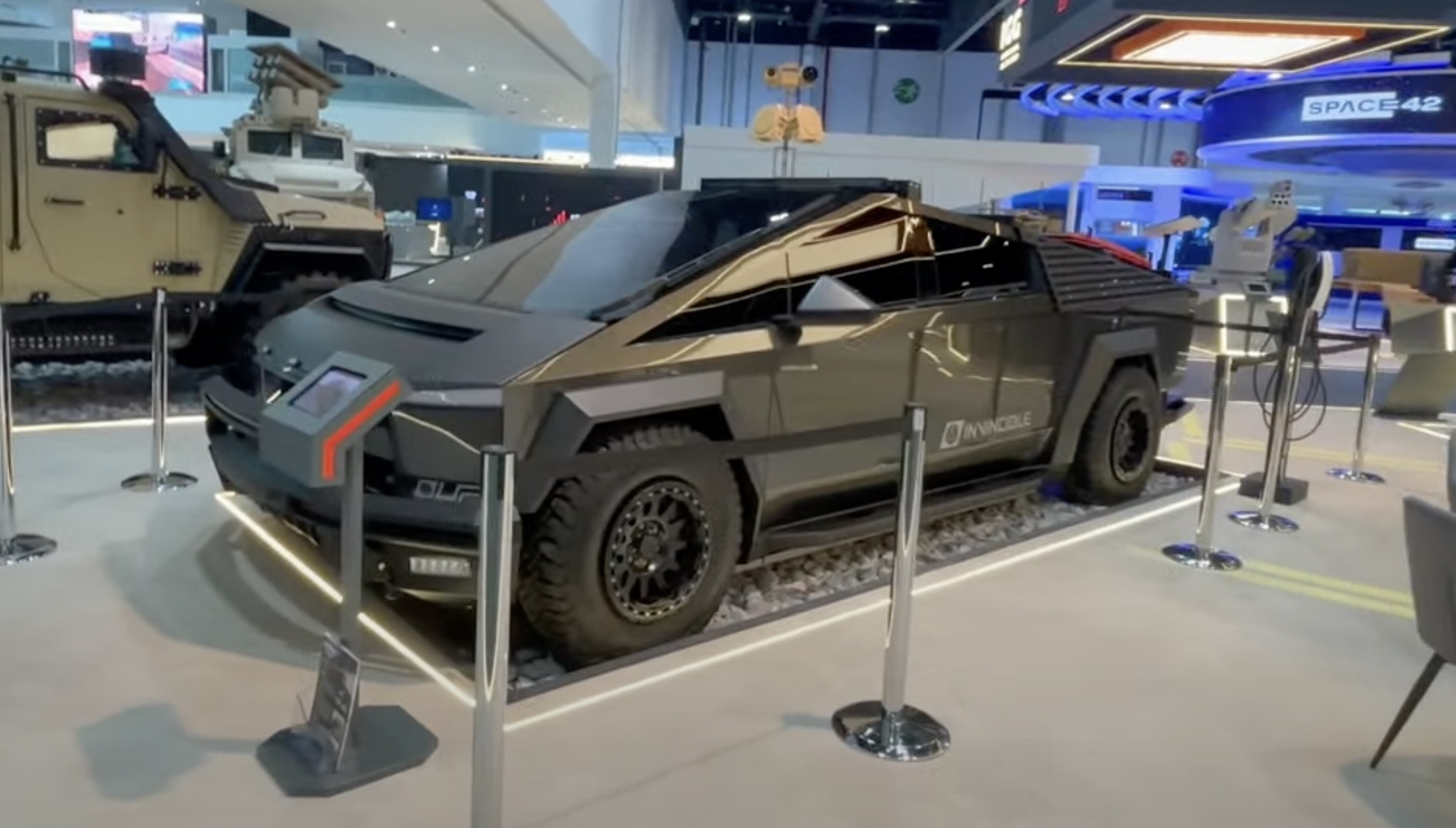
Temporibus autem quibusdam et aut officiis debitis aut rerum necessitatibus saepe eveniet ut et voluptates repudiandae sint et molestiae non recusandae. Itaque earum rerum hic tenetur a sapiente delectus, ut aut reiciendis voluptatibus maiores alias consequatur aut perferendis doloribus asperiores repellat.
Lorem ipsum dolor sit amet, consectetur adipisicing elit, sed do eiusmod tempor incididunt ut labore et dolore magna aliqua. Ut enim ad minim veniam, quis nostrud exercitation ullamco laboris nisi ut aliquip ex ea commodo consequat.
“Duis aute irure dolor in reprehenderit in voluptate velit esse cillum dolore eu fugiat”
Nemo enim ipsam voluptatem quia voluptas sit aspernatur aut odit aut fugit, sed quia consequuntur magni dolores eos qui ratione voluptatem sequi nesciunt.
Et harum quidem rerum facilis est et expedita distinctio. Nam libero tempore, cum soluta nobis est eligendi optio cumque nihil impedit quo minus id quod maxime placeat facere possimus, omnis voluptas assumenda est, omnis dolor repellendus.
Nulla pariatur. Excepteur sint occaecat cupidatat non proident, sunt in culpa qui officia deserunt mollit anim id est laborum.
Sed ut perspiciatis unde omnis iste natus error sit voluptatem accusantium doloremque laudantium, totam rem aperiam, eaque ipsa quae ab illo inventore veritatis et quasi architecto beatae vitae dicta sunt explicabo.
Neque porro quisquam est, qui dolorem ipsum quia dolor sit amet, consectetur, adipisci velit, sed quia non numquam eius modi tempora incidunt ut labore et dolore magnam aliquam quaerat voluptatem. Ut enim ad minima veniam, quis nostrum exercitationem ullam corporis suscipit laboriosam, nisi ut aliquid ex ea commodi consequatur.
At vero eos et accusamus et iusto odio dignissimos ducimus qui blanditiis praesentium voluptatum deleniti atque corrupti quos dolores et quas molestias excepturi sint occaecati cupiditate non provident, similique sunt in culpa qui officia deserunt mollitia animi, id est laborum et dolorum fuga.
Quis autem vel eum iure reprehenderit qui in ea voluptate velit esse quam nihil molestiae consequatur, vel illum qui dolorem eum fugiat quo voluptas nulla pariatur.
News
Tesla Megapacks chosen for 548 MWh energy storage project in Japan
Tesla plans to supply over 100 Megapack units to support a large stationary storage project in Japan, making it one of the country’s largest energy storage facilities.
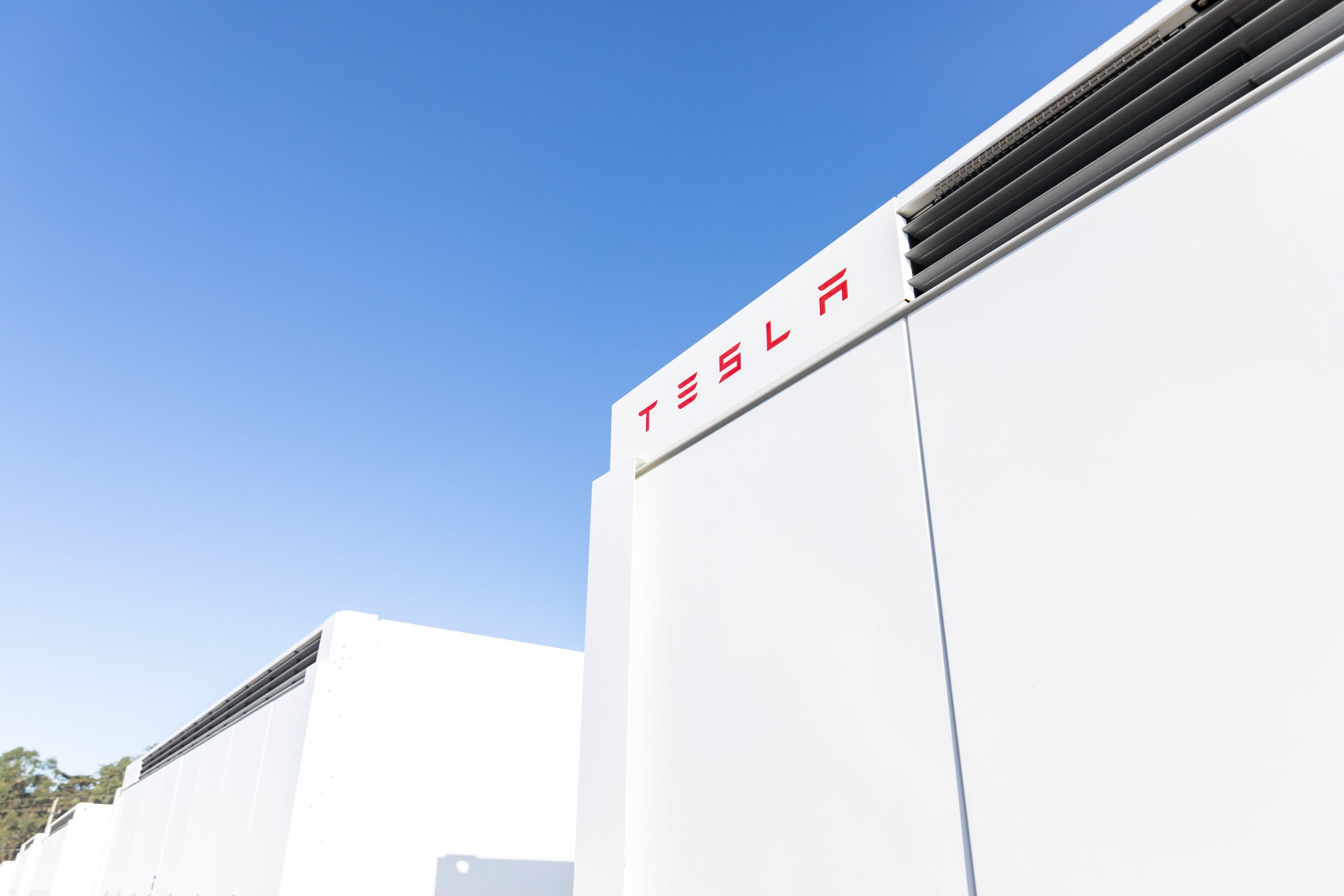
Tesla’s Megapack grid-scale batteries have been selected to back an energy storage project in Japan, coming as the latest of the company’s continued deployment of the hardware.
As detailed in a report from Nikkei this week, Tesla plans to supply 142 Megapack units to support a 548 MWh storage project in Japan, set to become one of the country’s largest energy storage facilities. The project is being overseen by financial firm Orix, and it will be located at a facility Maibara in central Japan’s Shiga prefecture, and it aims to come online in early 2027.
The deal is just the latest of several Megapack deployments over the past few years, as the company continues to ramp production of the units. Tesla currently produces the Megapack at a facility in Lathrop, California, though the company also recently completed construction on its second so-called “Megafactory” in Shanghai China and is expected to begin production in the coming weeks.
READ MORE ON TESLA MEGAPACKS: Tesla Megapacks help power battery supplier Panasonic’s Kyoto test site
Tesla’s production of the Megapack has been ramping up at the Lathrop facility since initially opening in 2022, and both this site and the Shanghai Megafactory are aiming to eventually reach a volume production of 10,000 Megapack units per year. The company surpassed its 10,000th Megapack unit produced at Lathrop in November.
During Tesla’s Q4 earnings call last week, CEO Elon Musk also said that the company is looking to construct a third Megafactory, though he did not disclose where.
Last year, Tesla Energy also had record deployments of its Megapack and Powerwall home batteries with a total of 31.4 GWh of energy products deployed for a 114-percent increase from 2023.
Other recently deployed or announced Megapack projects include a massive 600 MW/1,600 MWh facility in Melbourne, a 75 MW/300 MWh energy storage site in Belgium, and a 228 MW/912 MWh storage project in Chile, along with many others still.
What are your thoughts? Let me know at zach@teslarati.com, find me on X at @zacharyvisconti, or send us tips at tips@teslarati.com.
Tesla highlights the Megapack site replacing Hawaii’s last coal plant
Need accessories for your Tesla? Check out the Teslarati Marketplace:
News
Elon Musk responds to Ontario canceling $100M Starlink deal amid tariff drama
Ontario Premier Doug Ford said, opens new tab on February 3 that he was “ripping up” his province’s CA$100 million agreement with Starlink in response to the U.S. imposing tariffs on Canadian goods.
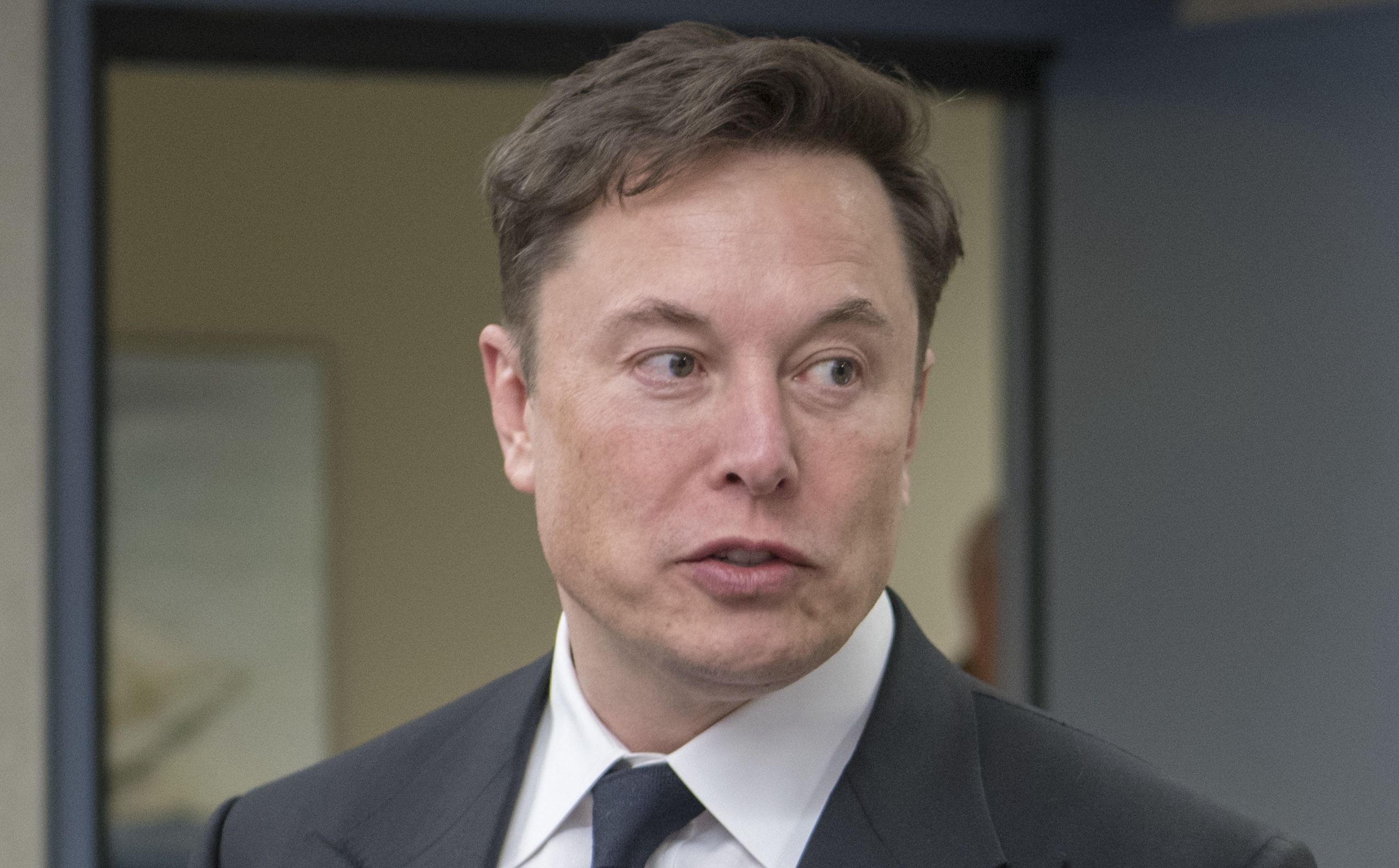
Elon Musk company SpaceX is set to lose a $100 million deal with the Canadian province of Ontario following a response to the Trump administration’s decision to apply 25 percent tariffs to the country.
Starlink, a satellite-based internet service launched by the Musk entity SpaceX, will lose a $100 million deal it had with Ontario, Premier Doug Ford announced today.
Starting today and until U.S. tariffs are removed, Ontario is banning American companies from provincial contracts.
Every year, the Ontario government and its agencies spend $30 billion on procurement, alongside our $200 billion plan to build Ontario. U.S.-based businesses will…
— Doug Ford (@fordnation) February 3, 2025
Ford said on X today that Ontario is banning American companies from provincial contracts:
“We’ll be ripping up the province’s contract with Starlink. Ontario won’t do business with people hellbent on destroying our economy. Canada didn’t start this fight with the U.S., but you better believe we’re ready to win it.”
It is a blow to the citizens of the province more than anything, as the Starlink internet constellation has provided people in rural areas across the globe stable and reliable access for several years.
Musk responded in simple terms, stating, “Oh well.”
Oh well https://t.co/1jpMu55T6s
— Elon Musk (@elonmusk) February 3, 2025
It seems Musk is less than enthused about the fact that Starlink is being eliminated from the province, but it does not seem like all that big of a blow either.
As previously mentioned, this impacts citizens more than Starlink itself, which has established itself as a main player in reliable internet access. Starlink has signed several contracts with various airlines and maritime companies.
It is also expanding to new territories across the globe on an almost daily basis.
With Mexico already working to avoid the tariff situation with the United States, it will be interesting to see if Canada does the same.
The two have shared a pleasant relationship, but President Trump is putting his foot down in terms of what comes across the border, which could impact Americans in the short term.

